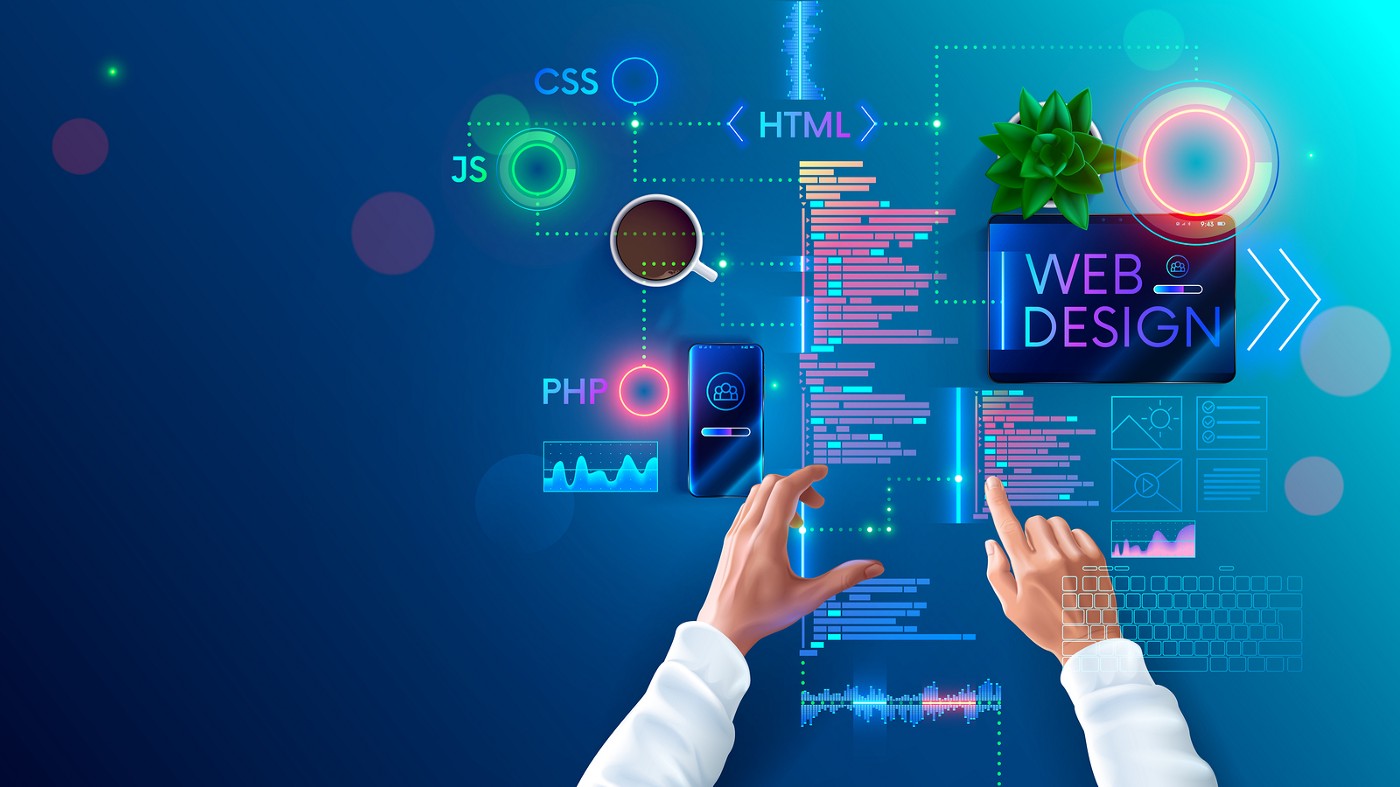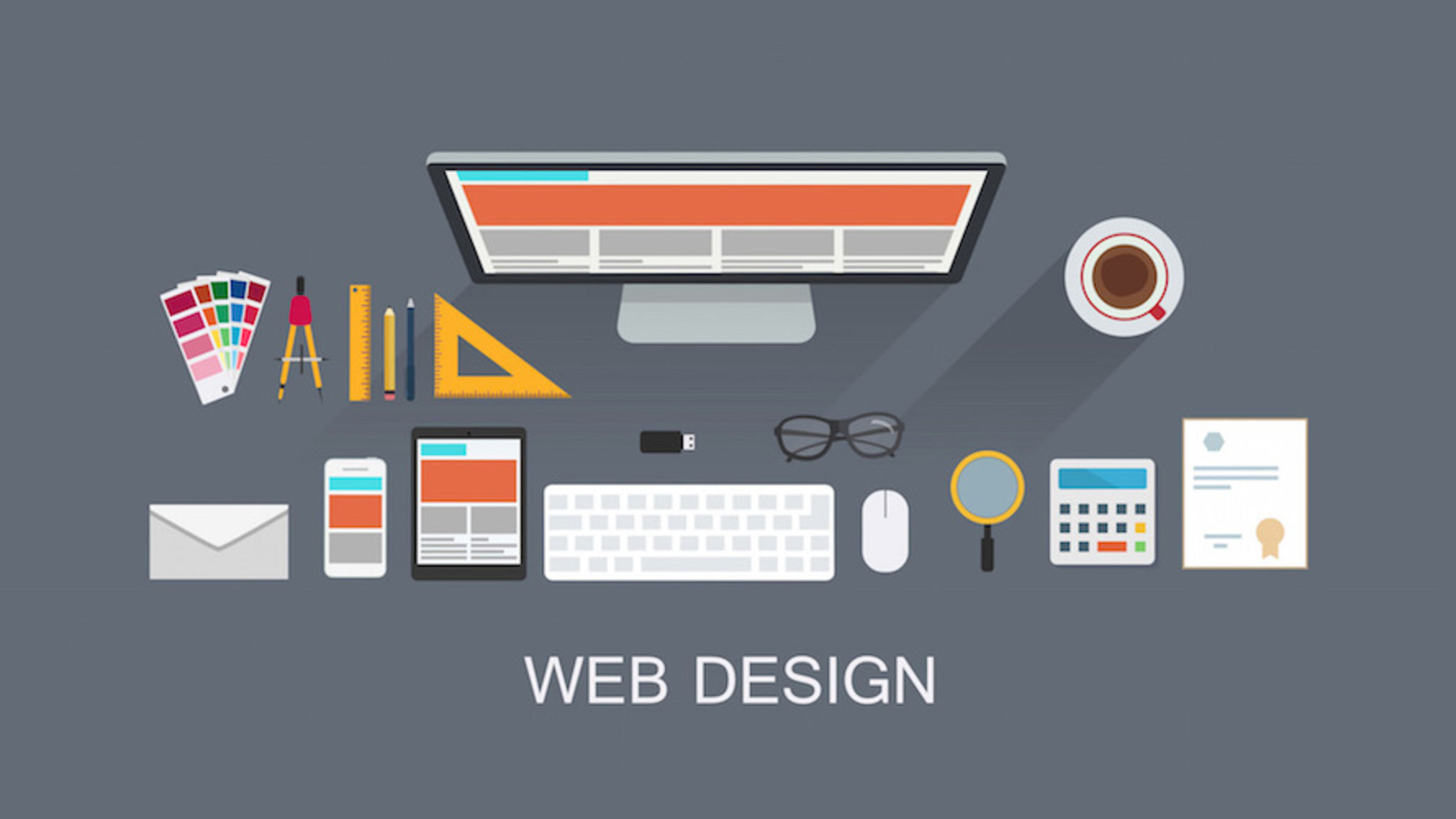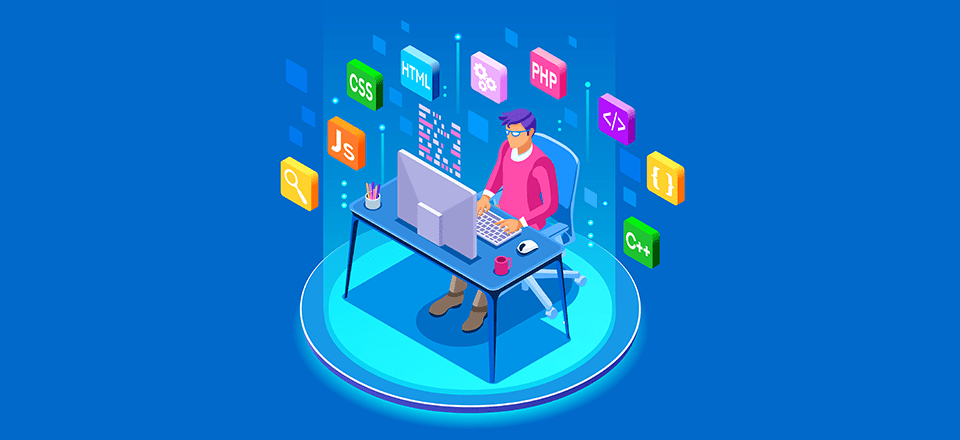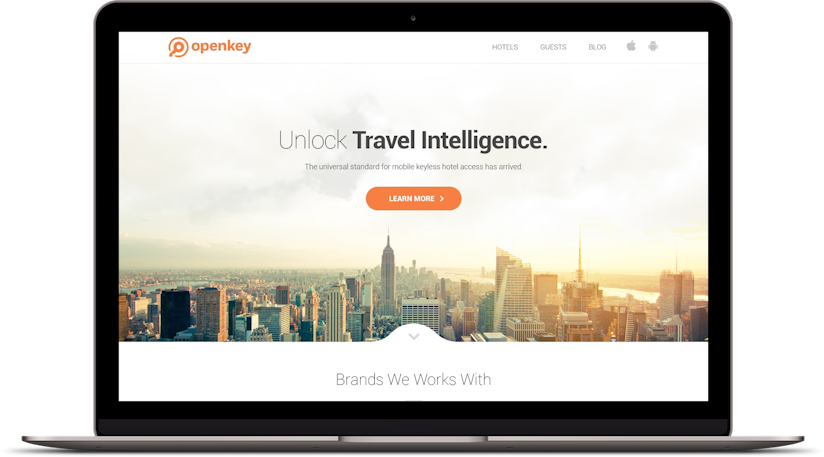All Categories
Featured
Table of Contents
- – Custom Web Design, Development & Digital Marke...
- – Siteinspire - Web Design Inspiration Tips and...
- – Chavez Web Design: Web Design San Diego - Bak...
- – Web Page Design: A Comprehensive Guide - Adob...
- – The Leader In Website Design – Squarespace Ti...
- – 10 Principles Of Good Web Design - Smashing M...
- – What Does A Web Designer Do? - Careerexplore...
- – Web Page Design: A Comprehensive Guide - Ado...
- – Website Design - Best Ecommerce Web Design B...
- – Web Design Inspiration : The Best Website De...
- – Ciw Web Design Series Tips and Tricks:
Custom Web Design, Development & Digital Marketing ... Tips and Tricks:
Quick summary Use and the energy, not the visual design, figure out the success or failure of a site. Since the visitor of the page is the only person who clicks the mouse and therefore decides whatever, user-centric style has developed as a basic approach for successful and profit-oriented website design - web design frederick md.
and the utility, not the visual style, determine the success or failure of a site. Because the visitor of the page is the only individual who clicks the mouse and therefore decides whatever, user-centric design has become a basic approach for successful and profit-oriented web style. After all, if users can't use a function, it may also not exist.
g. where the search box should be put) as it has currently been done in a number of short articles; rather we concentrate on the techniques which, used properly, can lead to more sophisticated style decisions and streamline the procedure of perceiving presented info. Please discover that you might be thinking about the usability-related posts we have actually published before: Principles Of Great Website Style And Reliable Website Design Guidelines, In order to use the principles correctly we initially require to comprehend how users communicate with websites, how they believe and what are the fundamental patterns of users' behavior.
Siteinspire - Web Design Inspiration Tips and Tricks:
Visitors look at each new page, scan a few of the text, and click on the first link that captures their interest or vaguely resembles the thing they're trying to find. There are large parts of the page they don't even look at. Most users browse for something interesting (or beneficial) and clickable; as quickly as some promising candidates are discovered, users click.
If a page supplies users with top quality material, they are ready to jeopardize the content with advertisements and the style of the site. This is the reason that not-that-well-designed sites with top quality content get a lot of traffic over years. Material is more vital than the design which supports it.

Users do not check out, they scan. Notice how "hot" locations abrupt in the middle of sentences. This is typical for the scanning process. Very basic principle: If a website isn't able to satisfy users' expectations, then designer failed to get his job done appropriately and the business loses money. The higher is the cognitive load and the less user-friendly is the navigation, the more ready are users to leave the site and search for alternatives.
Chavez Web Design: Web Design San Diego - Bakersfield ... Tips and Tricks:
Neither do they scan webpage in a linear fashion, going sequentially from one site area to another one. Rather users satisfice; they pick the very first sensible option. As soon as they discover a link that appears like it might cause the goal, there is a great possibility that it will be immediately clicked.
It doesn't matter to us if we comprehend how things work, as long as we can use them. If your audience is going to imitate you're designing signboard, then style terrific billboards." Users wish to be able to control their web browser and depend on the consistent data discussion throughout the website.
If the navigation and site architecture aren't instinctive, the number of enigma grows and makes it harder for users to comprehend how the system works and how to receive from point A to point B. A clear structure, moderate visual hints and easily recognizable links can help users to find their path to their aim.
Web Page Design: A Comprehensive Guide - Adobe Xd Ideas Tips and Tricks:

claims to be "beyond channels, beyond products, beyond circulation". What does it imply? Considering that users tend to explore websites according to the "F"-pattern, these three statements would be the very first aspects users will see on the page once it is filled. The style itself is easy and instinctive, to understand what the page is about the user needs to search for the answer.
Once you've achieved this, you can interact why the system works and how users can take advantage of it. People will not utilize your web website if they can't find their way around it. 2. Don't Squander Users' Patience, In every job when you are going to use your visitors some service or tool, attempt to keep your user requirements very little.
Novice visitors want to, not filling long web types for an account they may never ever use in the future. Let users explore the site and find your services without requiring them into sharing private information. It's not affordable to force users to get in an email address to evaluate the feature.
The Leader In Website Design – Squarespace Tips and Tricks:
Stikkit is a best example for an user-friendly service which needs practically nothing from the visitor which is inconspicuous and reassuring. Which's what you want your users to feel on your website. Obviously, Mite requires more. However the registration can be done in less than 30 seconds as the form has horizontal orientation, the user does not even require to scroll the page.
A user registration alone is enough of an impediment to user navigation to reduce incoming traffic. 3. Handle To Focus Users' Attention, As websites provide both fixed and vibrant material, some aspects of the interface bring in attention more than others do. Obviously, images are more distinctive than the text simply as the sentences marked as vibrant are more appealing than plain text.
Focusing users' attention to specific locations of the website with a moderate use of visual aspects can assist your visitors to get from point A to point B without thinking of how it actually is expected to be done. The less question marks visitors have, the they have and the more trust they can establish towards the company the website represents.
10 Principles Of Good Web Design - Smashing Magazine Tips and Tricks:
Strive For Feature Direct exposure, Modern web styles are usually slammed due to their approach of directing users with aesthetically appealing 1-2-3-done-steps, large buttons with visual impacts and so on. From the style viewpoint these components really aren't a bad thing.
The website has 9 primary navigation options which are visible at the very first glance. What matters is that the content is well-understood and visitors feel comfortable with the way they interact with the system.
Rather a price: just what visitors are looking for. An ideal option for efficient writing is touse brief and concise phrases (come to the point as quickly as possible), use scannable layout (classify the content, utilize multiple heading levels, use visual aspects and bulleted lists which break the flow of consistent text blocks), use plain and unbiased language (a promotion does not need to sound like ad; offer your users some reasonable and unbiased reason why they should utilize your service or stay on your site)6.
What Does A Web Designer Do? - Careerexplorer Tips and Tricks:
Users are hardly ever on a website to enjoy the design; in addition, in most cases they are trying to find the details in spite of the design - web design frederick md. Strive for simpleness rather of complexity. From the visitors' viewpoint, the very best website style is a pure text, with no advertisements or further content blocks matching exactly the query visitors utilized or the material they have actually been searching for.
Finch plainly provides the details about the site and offers visitors a choice of alternatives without overcrowding them with unnecessary material. Not only does it help to for the visitors, but it makes it possible to view the information provided on the screen.
Complex structures are harder to check out, scan, evaluate and work with. If you have the option in between separating two style segments by a visible line or by some whitespace, it's generally better to use the whitespace option. (Simon's Law): the much better you manage to offer users with a sense of visual hierarchy, the simpler your content will be to view.
Web Page Design: A Comprehensive Guide - Adobe Xd Ideas Tips and Tricks:
The exact same conventions and guidelines need to be applied to all elements.: do the most with the least quantity of hints and visual elements. Clarity: all elements need to be designed so their meaning is not uncertain.
Conventions Are Our Buddies, Conventional style of website aspects does not result in an uninteresting web site. It would be an usability problem if all websites had different visual presentation of RSS-feeds.
understand what they're anticipating from a website navigation, text structure, search positioning etc. A case in point from functionality sessions is to equate the page in Japanese (assuming your web users do not know Japanese, e. g. with Babelfish) and offer your functionality testers with a job to discover something in the page of various language.
Website Design - Best Ecommerce Web Design By Shopify Tips and Tricks:
Steve Krug recommends that it's better to, but benefit from conventions when you don't. 10. Test Early, Test Typically, This so-called TETO-principle ought to be applied to every web design project as use tests typically provide into considerable problems and issues connected to a provided design. Test not too late, not insufficient and not for the incorrect factors.
Some important indicate keep in mind: according to Steve Krug, and testing one user early in the task is much better than testing 50 near the end. Accoring to Boehm's first law, errors are most frequent during requirements and style activities and are the more pricey the later they are removed.
That implies that you develop something, test it, fix it and then test it once again. There might be problems which haven't been discovered during the preliminary as users were virtually blocked by other problems. usability tests. Either you'll be indicated the issues you have or you'll be indicated the lack of major style flaws which remains in both cases an useful insight for your project.
Web Design Inspiration : The Best Website Design Ideas Tips and Tricks:

This holds for designers as well. After you've worked on a website for few weeks, you can't observe it from a fresh viewpoint anymore. You know how it is built and for that reason you understand precisely how it works you have the wisdom independent testers and visitors of your site would not have.
It can be linked to other locations such as graphic design, user experience, and multimedia arts, however is more appropriately seen from a technological perspective. It has ended up being a large part of people's daily lives. It is tough to picture the Internet without animated graphics, various designs of typography, background, videos and music.

Throughout 1991 to 1993 the World Wide Web was born. Text-only pages could be viewed using an easy line-mode browser. There had actually been no integrated method to graphic design components such as images or noises.
Ciw Web Design Series Tips and Tricks:
The W3C was developed in October 1994 to "lead the Internet to its complete capacity by establishing typical protocols that promote its advancement and ensure its interoperability." This prevented any one business from monopolizing a propriety web browser and programming language, which might have modified the result of the World Wide Web as a whole.
As this has actually occurred the technology of the web has actually also moved on. There have likewise been substantial changes in the way people use and access the web, and this has actually changed how websites are developed.
Learn more about Lovell Media Group LLC or TrainACETable of Contents
- – Custom Web Design, Development & Digital Marke...
- – Siteinspire - Web Design Inspiration Tips and...
- – Chavez Web Design: Web Design San Diego - Bak...
- – Web Page Design: A Comprehensive Guide - Adob...
- – The Leader In Website Design – Squarespace Ti...
- – 10 Principles Of Good Web Design - Smashing M...
- – What Does A Web Designer Do? - Careerexplore...
- – Web Page Design: A Comprehensive Guide - Ado...
- – Website Design - Best Ecommerce Web Design B...
- – Web Design Inspiration : The Best Website De...
- – Ciw Web Design Series Tips and Tricks:
Latest Posts
Web Design - Linkedin Learning, Formerly Lynda.com Tips and Tricks:
Why Is Web Design Important? - 6 Reasons To Invest In Site ... Tips and Tricks:
Design Principles - U.s. Web Design System (Uswds) Tips and Tricks:
More
Latest Posts
Web Design - Linkedin Learning, Formerly Lynda.com Tips and Tricks:
Why Is Web Design Important? - 6 Reasons To Invest In Site ... Tips and Tricks:
Design Principles - U.s. Web Design System (Uswds) Tips and Tricks: